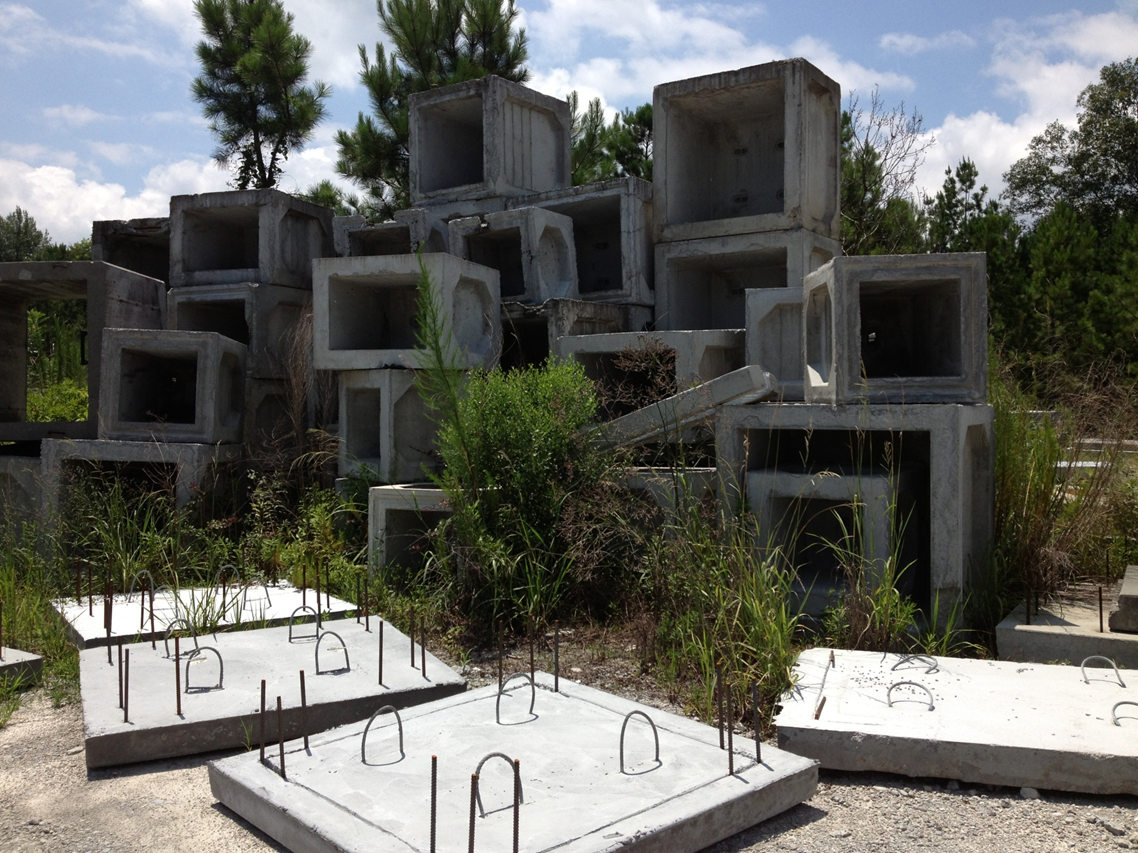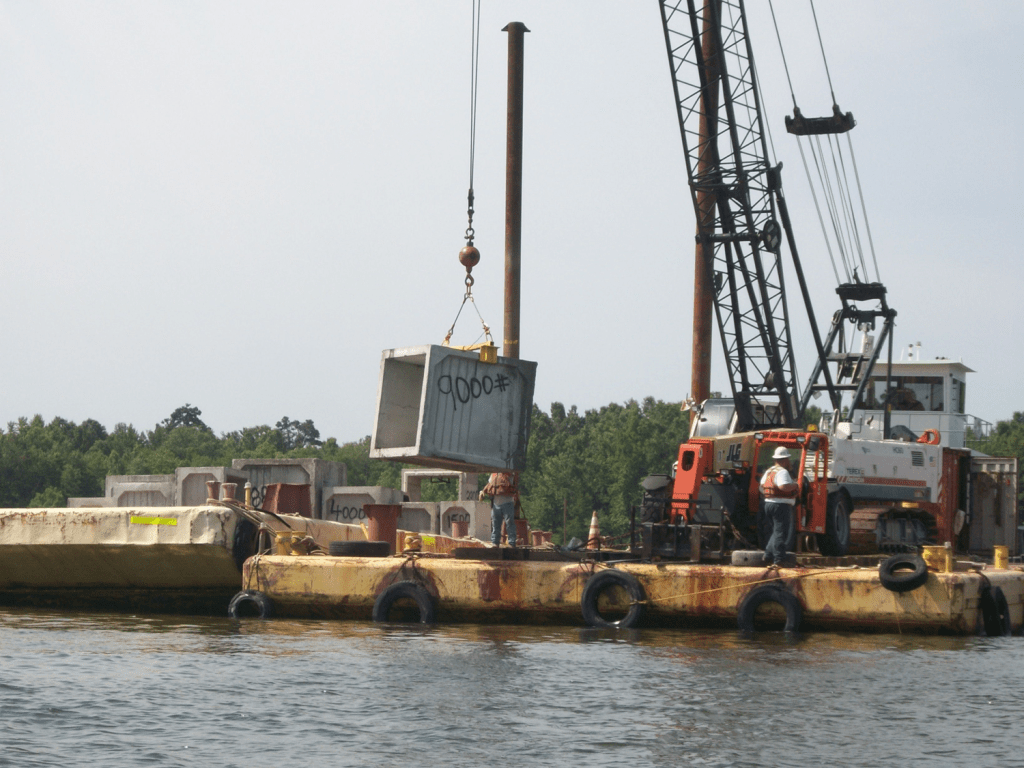
It wasn’t stubbornness; rather when the South Carolina Department of Natural Resources (SCDNR) took a “hard-headed” approach to bolstering its manmade fish attractors spread throughout the Santee Cooper Lakes system, they sought to increase fish habitat and improve angler opportunity.
More on that in a moment.
For background, SCDNR Regional Coordinator Levi Kaczka, who oversees Santee Cooper Lakes, said the agency visits the 35 buoy-marked sites (16 on Lake Marion, 19 on Lake Moultrie) at least once a year to deploy a variety of materials that help build a site’s character.
“We deploy donated Christmas trees and then in the warmer times of the year, we’ll put down bamboo buckets and wax myrtle bushes,” Kaczka said. “We focus on naturally occurring organic material, and we try to maximize the complexity of the habitat, which benefits different types of species.”
As Kaczka notes, this multi-faceted habitat benefits baitfish and smaller sport fish such as bluegill and redear sunfish, as well as larger species from bass to catfish.
A heavy subject
Along with the regular annual enhancements, Kaczka said the SCDNR recently completed a 10-year cooperative project that significantly increased the mass and diversity of 22 fish attractors.
With 2,000 pieces of concrete (culverts and drainage basins) donated by the local branch of Concrete Pipe and Precast, SCDNR secured U.S. Army Corps of Engineers permitting and coordinated the placement on 13 of Marion’s sites and nine on Moultrie. Not all of Santee Cooper’s fish attractors are deep enough to warrant these additions.
As Kaczka explained, South Carolina Public Service Authority (aka Santee Cooper Electric) provided the barge, front-end loader and manpower for loading and deployment, while the Santee Cooper Country Tourism Board funded the transportation from the concrete production facility to the waterside staging area.
“The Christmas trees, our bamboo buckets, our wax myrtles degrade over time and break down naturally,” Kaczka said. “This big concrete material is going to be permanent and will provide not only cover for larger species but a long-lasting surface area where you can have secondary growth of different vegetation types.”
Kaczka said the SCDNR will monitor the fish attractors and ensure public awareness during low-water scenarios that create potential navigational hazards.

The meaning of the mission
Describing the manmade fish attractors as complementary to the SCDNR’s Habitat Enhancement and Management project, Kaczka noted the twofold benefit, which centers on the food web. Small fish use offshore structure for protection; big fish use it for feeding.
“Because of the clear-cutting of the lakes during (dam/reservoir) construction and decades of erosion and degradation, there’s just not a whole lot of naturally occurring structure mid-lake anymore,” Kaczka said. “So we maintain these fish attractors to provide habitat for fish, but also to allow anglers of all experience levels to have a physical area where they can target their efforts.”
Juxtaposing his agency’s native vegetation planting with the fish attractor maintenance, Kaczka views the former as primarily benefitting the fish populations through spawning and nursery habitat, feeding, etc., while the latter caters more toward anglers.
For a recreational angler, the entirety of both efforts helps uphold Santee Cooper’s reputation as one of the Southeast’s most impressive reservoir systems.
Lake Marion fish attractor locations: https://dnr.sc.gov//fish/fishattract/marionloc.html
Lake Moultrie fish attractor locations: https://dnr.sc.gov//fish/fishattract/moultrieloc.html





